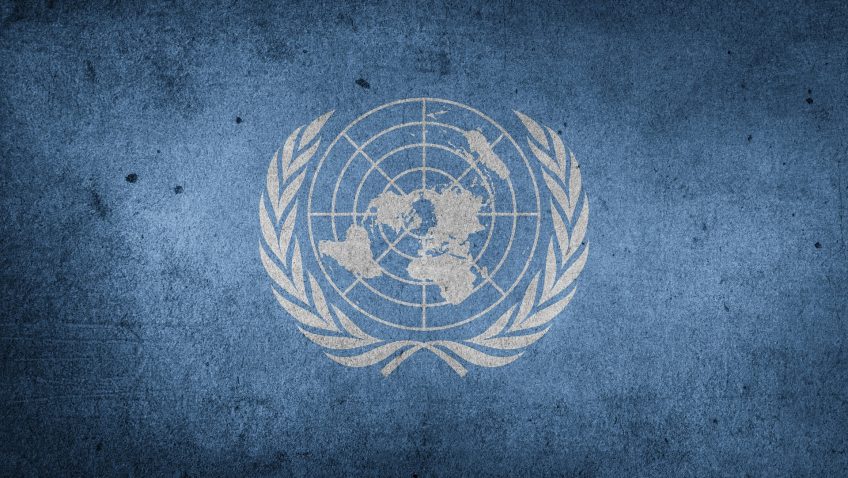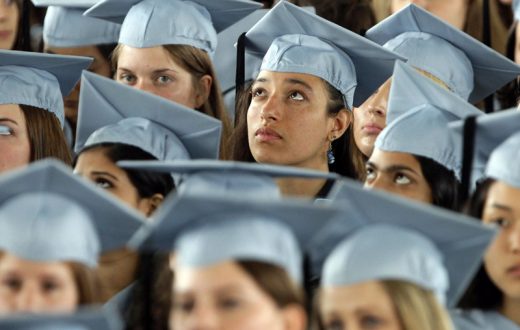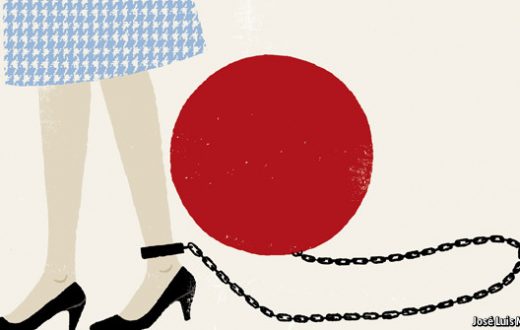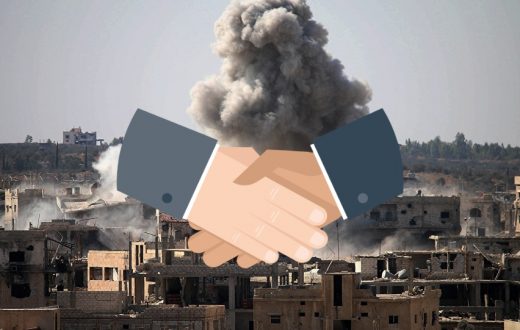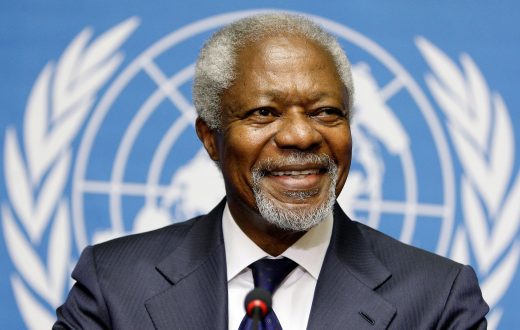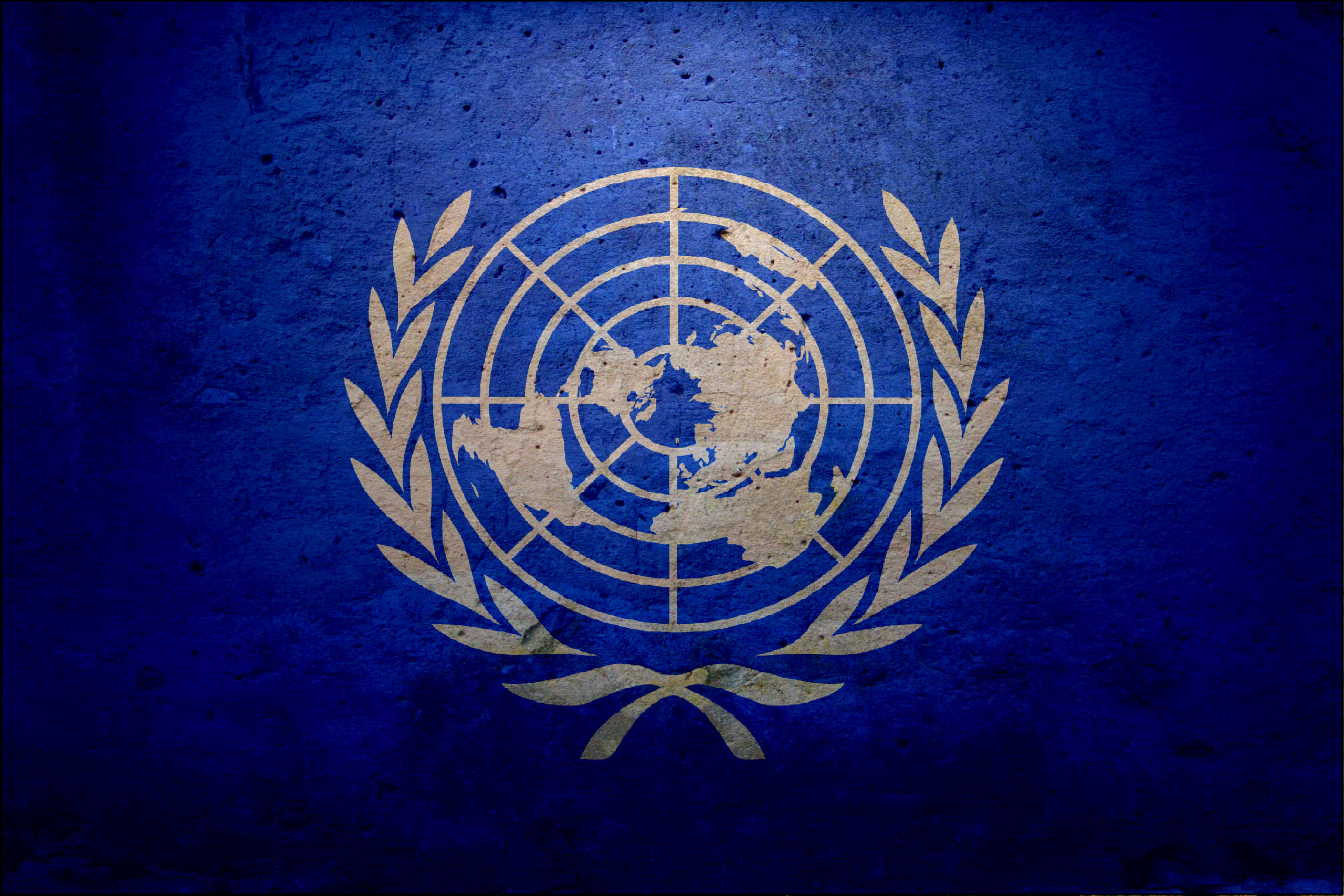Gender inequality and women’s rights are far from a struggle of the past. Instead, these disparities permeate every aspect of today’s world, especially regarding armed conflict. Women are disproportionately affected by sexual violence during wartime and bear the largest burden from armed conflict. Why, then, has the international community allowed women’s voices to be silenced in United Nations peace processes by denying them an equal number of seats at negotiating tables or spots in peacekeeping squads?
This human rights paradox of mismatched impacts on and involvement by women in peace and security issues is most conspicuously illuminated by the international community in U.N. Security Council Resolution 1325. This landmark resolution was the first by any global governmental organization to acknowledge wartime risks to women and the correlation between gender equality and conflict resolution. However, since its founding in 2000, it has failed in its goal to significantly improve women’s representation in peacebuilding efforts. Given the demonstrated effectiveness of women peacekeepers in protecting women’s rights and shaping more gender-equitable solutions to conflicts, the United Nations and its member states must make good on its acknowledgment of these issues’ interconnectedness and strengthen implementation of Resolution 1325 to increase the number of women on U.N. peacekeeping missions worldwide.
Including women in peacebuilding efforts gives many advantages. Simply facilitating women’s visible presence in U.N. peacekeeping brigades is sufficient to improve women’s rights advocacy during conflicts and ensure that women’s interests are better represented in negotiations afterwards. This is because female peacekeepers are more trusted by host communities, uniquely able to access women in conservative gender-divided communities, and able to provide safe spaces for local women to report sexual violence more often. These women can then receive support and pursue prosecution against the perpetrators. Most importantly, only greater women’s participation in the peace process can give women a voice in their future and ensure sustainable solutions that satisfy all stakeholders, male and female.
However, persisting gender inequalities continue to undermine Resolution 1325’s capacity to increase women’s role in conflict resolution and realize these benefits. The Resolution builds upon prior international women’s rights achievements, most notably the Convention to End All Forms of Discrimination against Women (CEDAW) and the Beijing Declaration. Both contributed necessary but insufficient protections: while CEDAW legally bound states to condemn gender-based discrimination and advance towards full societal equality and human rights for women, the Beijing Declaration compelled the U.N. Security Council to act upon these foundational ideas and adopt Resolution 1325 along with Resolution 1889 for enforcement measures. Resolution 1325 is therefore the next step forward in a larger international framework for women’s rights, one whose goal of including more women in peace missions is supported by many world governments.
Despite this apparent global consensus, however, the gender balance remains badly skewed in U.N. peacebuilding operations. At the even the U.N.’s largest peacekeeping mission in the Democratic Republic of the Congo, a mere 2% of staff are female, while South Africa’s peacekeeping force with 13% women is praised as the most gender-integrated of all nations. Of those women, most serve in behind-the-scenes support roles rather than out on the front lines where their unique perspectives and capabilities could make the largest impact. Clearly, Resolution 1325 and its supporting international women’s rights framework still have not fully realized equal women’s representation after 15 years in existence. While these percentages of female peacekeepers are indeed larger than before the resolution, there are still too few to effectively bring a much-needed gender dimension to U.N. missions.
Resolution 1325’s primary fault is that implementation happens on a national level and is determined by national interpretation under the principle of state sovereignty. Since each member state decides how many of its women peacekeepers will join U.N. missions, the impetus to increase female representation must come from within each nation. Increasing women’s opportunities and gender equality domestically or mobilizing external governmental pressure from the international community are the best ways to improve women’s representation in peacebuilding missions, but it is also the responsibility of the U.N. to recruit more women in the peacekeeping forces to higher level positions.
Only with a reciprocal commitment from all U.N. member states to uphold the women’s rights ideals of Resolution 1325 can women be widely recognized as rightful participants in international peace processes. By improving equal gender representation in U.N. peacekeeping forces, women peacekeepers can better protect women’s rights during armed conflicts and promote long-term observance of gender equality and human rights in communities worldwide.
Megan Cansfield is a British-American dual national and 2017 graduate of the University of Michigan, where she concentrated in Political Science, International Studies, and Asian Studies. She is currently a Fulbright fellow at Yanbian University, where her research analyzes strategic linkages between the Korean Peninsula security crisis and US-China relations. In September 2018, she will begin her International Relations MA at the Yenching Academy of Peking University. Ultimately, Megan aspires to a diplomatic career with the US Department of State, specializing in bilateral and multilateral engagement with East Asian stakeholders to address wide-ranging regional and global peace and security issues.

